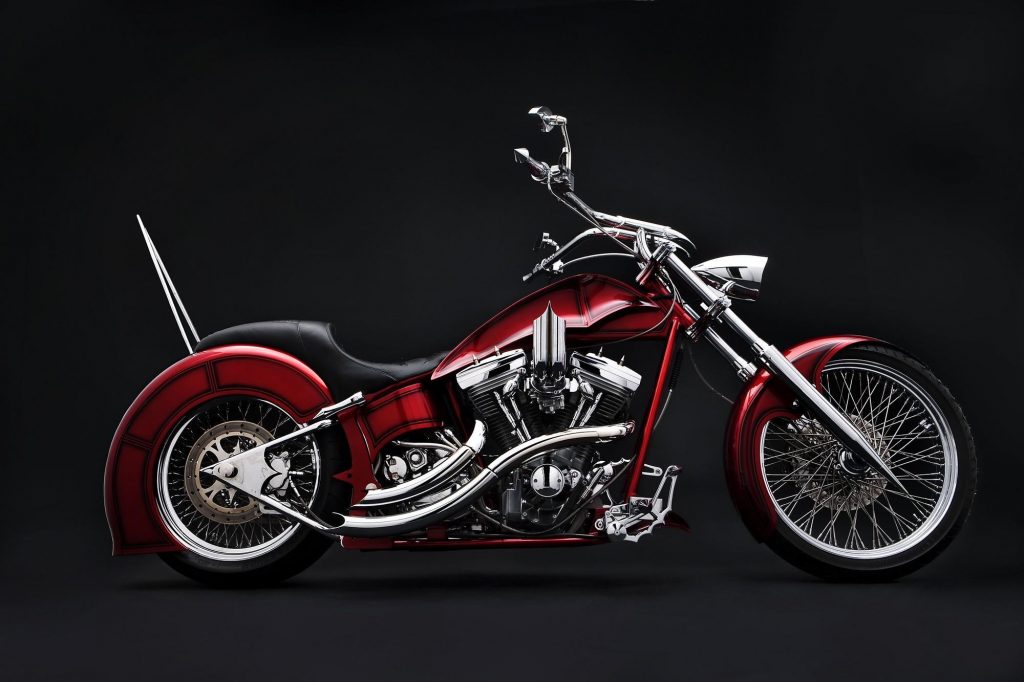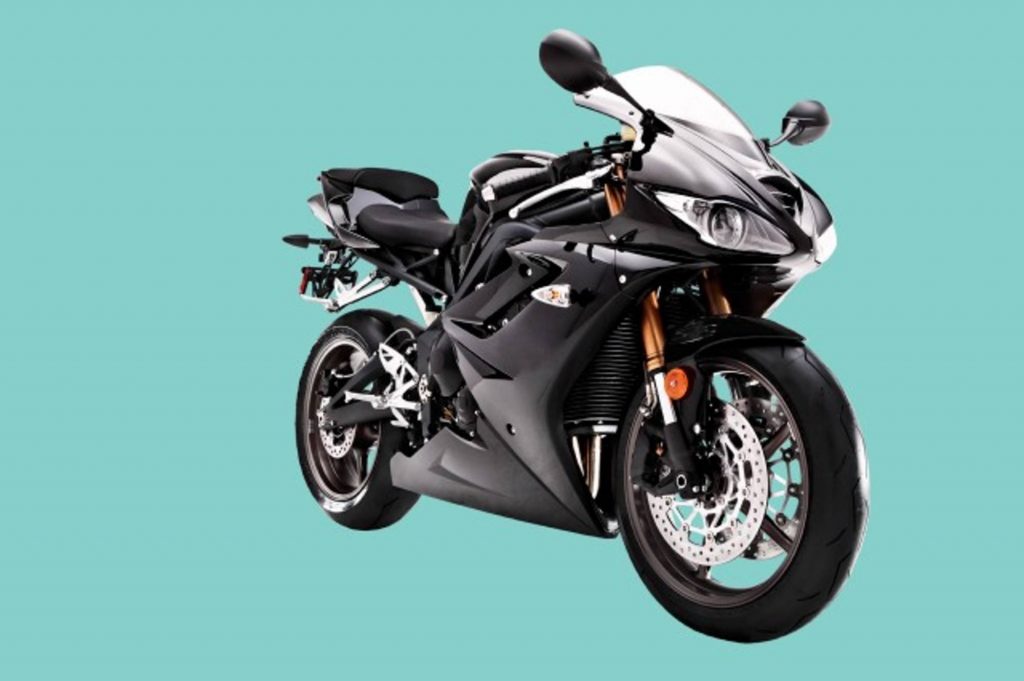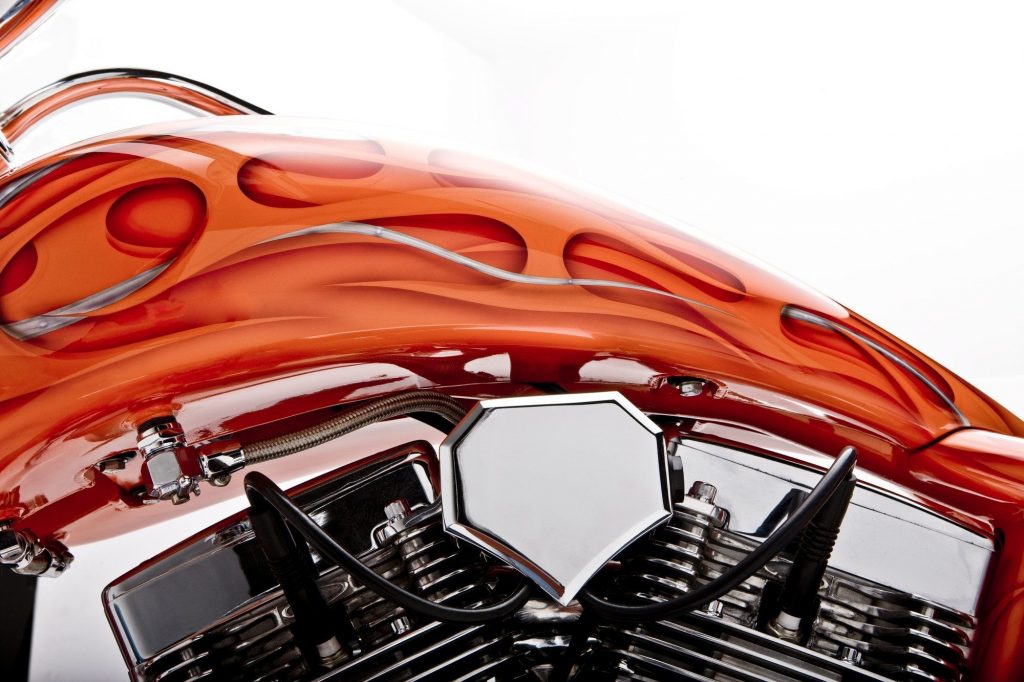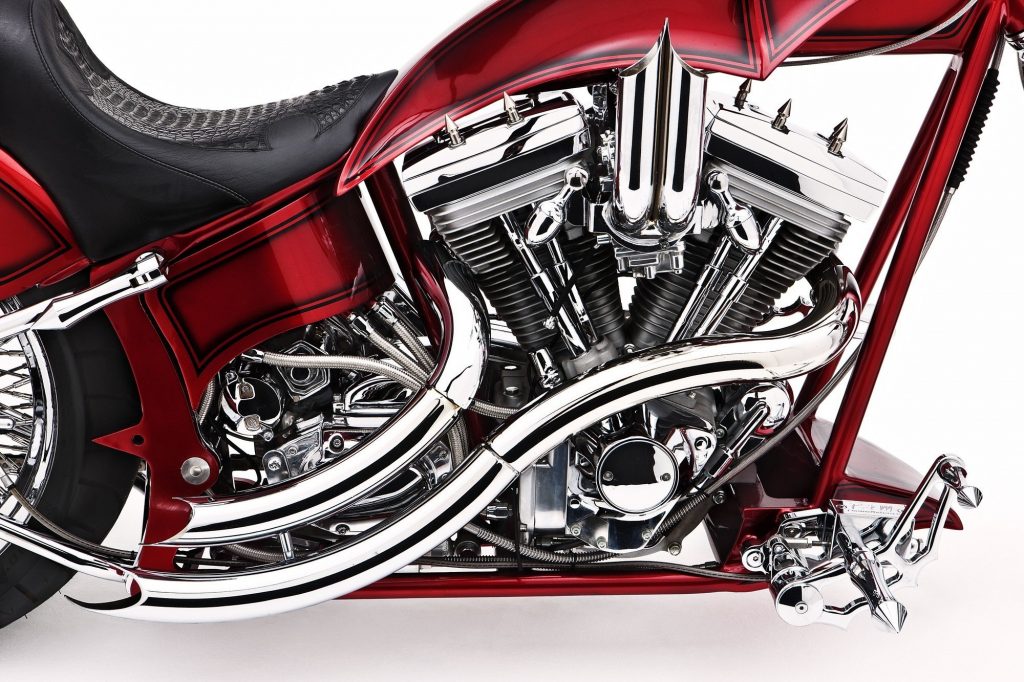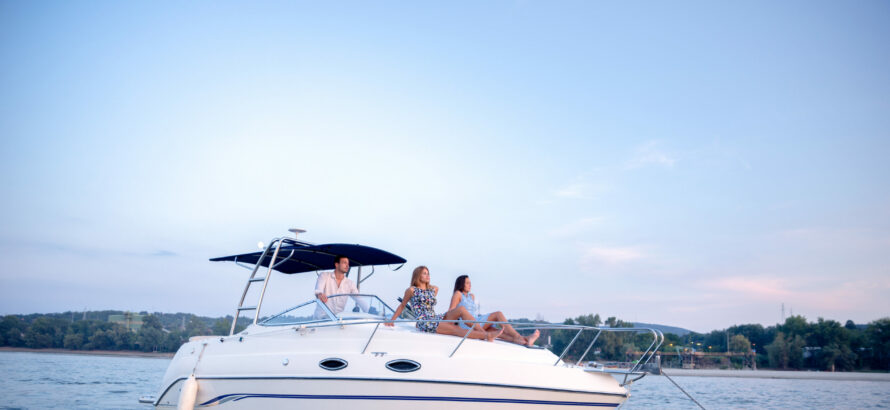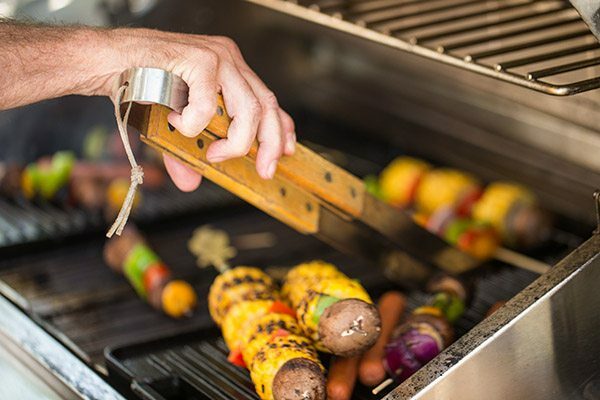
You’ve reached the final phase of your motorcycle preparation journey: Buying your bike. An exciting step, but with so many types of motorcycles to choose from, a confusing one, too.
Review this motorcycle-buying guide to become a confident, informed shopper and rider. Find out what motorcycle type is right for you and what to consider when picking out a bike.
Different Types of Motorcycles
Standard
Commonly referred to as “naked motorcycles,” these bikes are known for their upright riding position. Both handlebars and foot pegs are situated so that riders can maintain a comfortable position without having to reach too far forward. Their moderate-size engines and functional, user-friendly design make them a good option for new riders
Cruiser
Cruisers are modeled after large American machines from the 1930s to 1960s – the most popular being Harley-Davidsons. These bikes have a V-twin engine designed for low-end torque and offer a low riding position, high handlebars and forward foot pegs – causing riders to lean back slightly. This seating may not be ideal for beginners who are anticipating riding at higher speeds for long periods of time, since pulling back on the handlebars to battle wind can be tiring.
Dual-sport
Referred to as dual-purpose or on- and off-road motorcycles, dual-sport bikes have high seats and a high center of gravity to better handle rough ground. They’re similar to dirt bikes, except they feature mirrors and lights that make them legal to ride on public streets. Their small engines and lightweight frames make them a good choice for a new rider, as long as they can straddle the bike with both feet planted on the ground.
Touring
Designed for long-distance riding, touring motorcycles have large engines and bigger fuel tanks. They give riders a comfortable, upright seating position and more storage, but their size and higher cost may make them more suited for experienced riders.
Sport bike
Optimized for high speeds and acceleration, sport bikes have high-performance engines on a lightweight frame. They feature higher foot pegs and a longer reach to the handlebars, which is beneficial when riding into the wind at higher speeds. At lower speeds, sport bikes can be tiring because they put more weight on a rider’s hands and wrists.
Sport touring
Consider these bikes a hybrid between a sport and touring motorcycle. Compared to a sport bike, sport touring bikes have more storage, but are overall lighter in weight compared to a touring bike. They also offer a more relaxed seating position.
Once you select the type of motorcycle that suits your needs, you also need to decide on the specs of your bike. Here are some things to keep in mind when you’re motorcycle shopping:
Key Considerations While Shopping
-
Engine size
Engines are measured in cubic centimeters or CCs, which refers to the volume inside the engine where air and fuel is combined to power the bike. Typically, a motorcycle with a higher number of CCs means a bigger engine, more power and faster speeds.
-
Weight of bike
The heavier the bike, the harder it is to operate. You need to be able to upright your bike if it gets knocked over.
-
Height of seat
While straddling the bike, make sure your feet can touch the ground when you stop. Also measure the length of your leg from the bottom of your foot to your groin. If the seat is higher than the measurement, the bike is most likely too tall for you.
-
New vs. used
A used motorcycle may be less expensive, but could cost more in repairs and maintenance in the long run. Check out the table below for more information that can help you choose between a new and used motorcycle.
-
Motorcycle shipping options
If you’re buying your bike long distance, one of your biggest decisions will be choosing how you want it shipped.
Motorcycle carrier: these are specialized trucking companies that only ship motorcycles and will have the most experience handling bikes. They usually offer the best insurance coverage, as well.
Auto transport companies: These firms ship vehicles either in open or closed trailers. An enclosed trailer will protect your motorcycle from the elements and has the lowest theft risk since your bike isn’t out in the open.
Agents and carriers: Although some agents have their own fleet of trucks, many others will act like brokers and simply find a third party to transport your motorcycle for you. This can save you time finding a specialized carrier, but if the agent or broker recommends a commercial carrier be sure the company has the right equipment to ship your bike safely.
Should you get a new or used motorcycle?
| Pros of buying a used motorcycle | Cons of buying a used motorcycle |
| Less expensive
A bike that’s even a few months old will usually have a much lower price than a brand new model. |
Unknown history
Since you don’t know how the previous owner treated a bike, it may have more mechanical issues. |
| Lower insurance cost
While not always the case, a used bike may be less expensive to insure than a new one in the same style.Click here for more information on insurance cost. |
Hidden costs
Upkeep costs may be higher, depending on the level of maintenance required. |
| Good for practice
New riders are still learning and may not want to risk damaging a new bike. |
Lacks new technology
Used bikes may not have the latest safety features. |
| Pros of buying a new motorcycle | Cons of buying a new motorcycle |
| Has a warranty
New bikes typically come with a warranty to protect against mechanical problems. |
More expensive
A new bike will typically cost more than a used one. |
| Clear history
You don’t have to worry about the bike having been damaged from past accidents. |
Quickly depreciates
The motorcycle’s value drops when it leaves the lot. |
| More mileage
The bike will have no or very few miles on the odometer. |
Higher insurance cost
New motorcycles typically cost more to insure. |
Once you have picked out the right type of motorcycle, make sure you and your bike are protected when you ride off the lot. Get a customized motorcycle insurance quote from Nationwide today.

